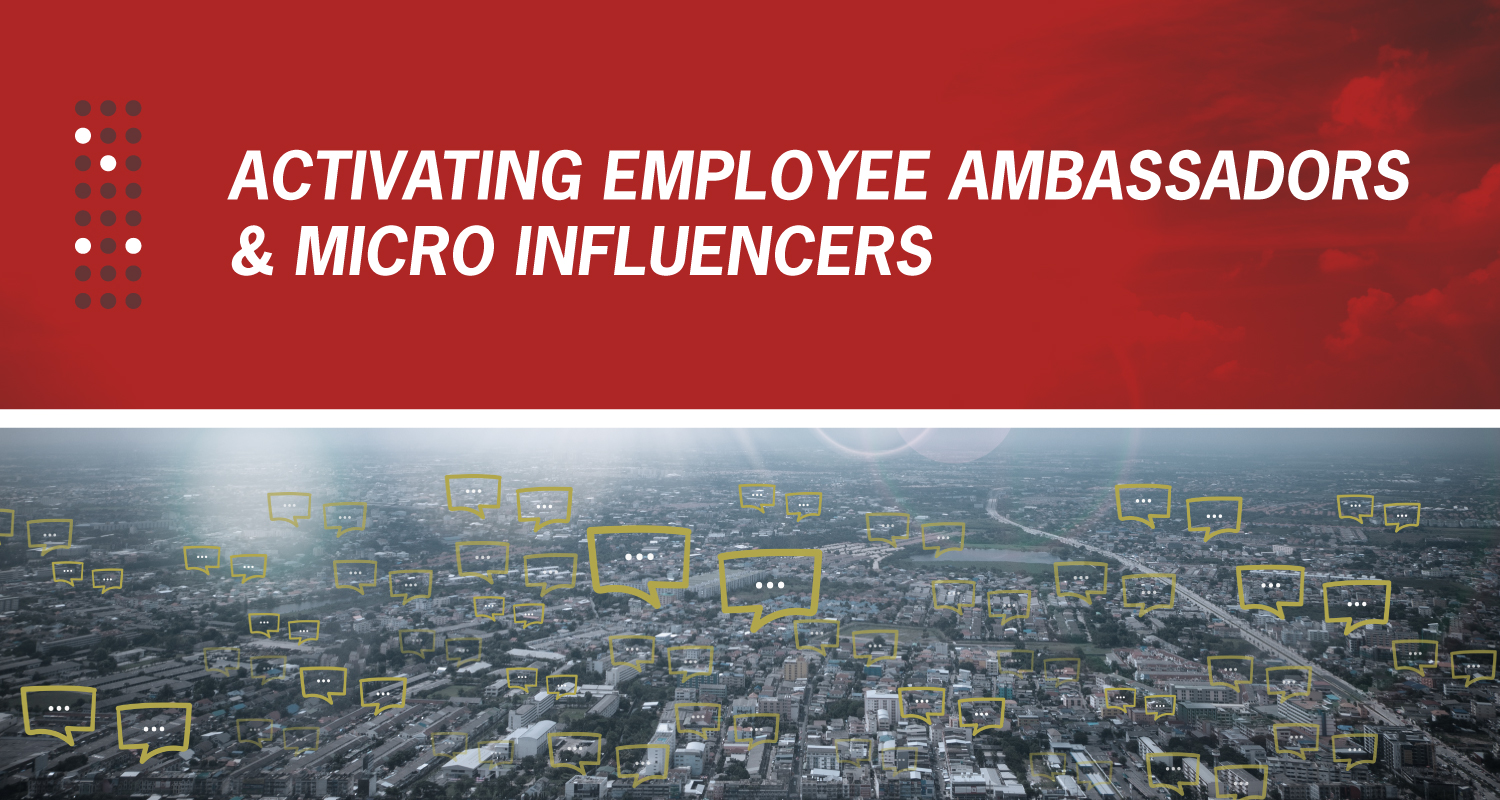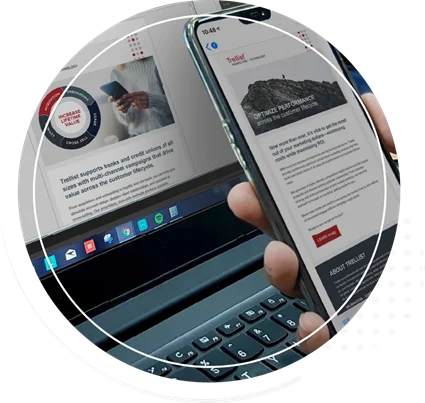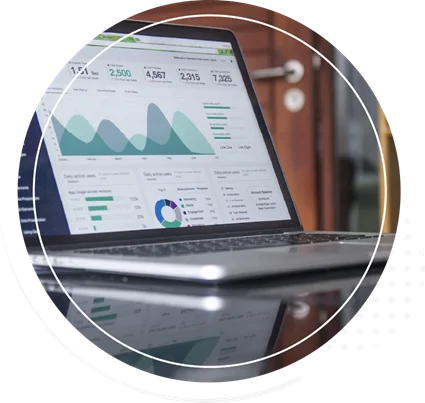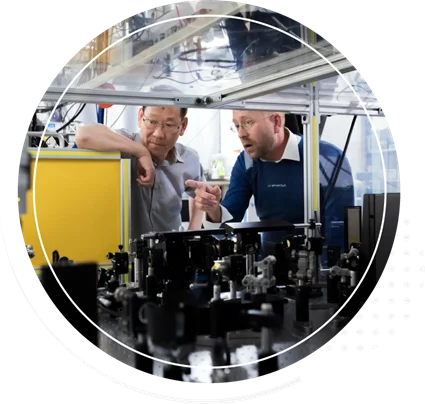
It’s no secret that achieving marketing success in today’s digitally-transformed world requires looking beyond traditional communications and media channels. Regardless of your industry, simply pulling the same levers you always have in earned, owned, and paid media will only get you so far. Yes, you may have a standout website, top-notch marketing collateral, and growing social media presence. But so does everyone else in your space.
To drive additional awareness and build trust in your mission and products, you should also be focusing on influencer marketing. It’s a buzzword that’s bandied about often – and for good reason.
Seventy percent of millennial consumers are influenced by the recommendations of their peers in buying decisions, according to a survey of 14,000 consumers by Collective Bias. In comparison, channels like digital ads (4.5 percent), print ads (4.7 percent) and TV ads (7.4 percent) have a declining influence. These millennials are taking this mindset into the workplace, where they rely on peers and trusted influencers to help them make purchasing decisions.
Act Locally: Tapping into Employee Influencers
One of the first places you should start to build your influencer marketing efforts is in-house with your employees. The advantage of starting here is that 1) it can be lower cost than building an influencer marketing program outside of your walls, and 2) you have control over the message. However, this doesn’t mean it’s particularly easy to be successful.
At Trellist, we helped our global specialty chemicals client pioneer an employee influencer program to build awareness of the brand and its innovation stories among customers, investors, fellow employees, and the media. We achieved this by helping them build their Social Media Ambassador Program.
The effort started with the vetting of existing employee social media profiles to recommend an initial class of ambassadors. This review was both quantitative and qualitative: Did they have a significant or growing number of followers? Were they engaged and sharing regularly? And was their activity aligned with the brand’s values?
Trellist also developed strategic training and guidance, published content, monitored performance of the pilot program, and created a leaderboard to analyze program participation.
As a result, the client experienced:
- A 2X increase in monthly published content
- A nearly 2.5X increase in total engagement with the content each month
- A 3X increase in the reach of that content
- Recognition as a Fortune 500 company by 2017 — and now has more than 34,000 followers on LinkedIn and more than 5,000 followers on Twitter
Choose Your Influencers Wisely: Go Micro
It’s tempting to go “all in” when building your influencer marketing program. After all, who wouldn’t want someone with a million followers talking about your brand? But the questions you should be asking are whether or not they’re the right million, and is the influencer you’re working with the right one?
You will hear nightmare stories about brands who have tied themselves to the wrong influencer, only to have their brand reputation tarnished in the process. Keep in mind that a person doesn’t need millions or even tens of thousands of followers to be influential. In fact, the data on social media engagement bears out that micro-influencers may be higher value on a per-dollar, per-campaign basis than celebrities with millions of followers.
This study found:
- Instagram users with less than 1,000 followers received a like-rate of 8 percent, and accounts with 10 million+ followers only had a like-rate of 1.6 percent
- Users with 1,000 to 4,000 followers received 4.5 percent engagement
- Influencers in the 10k to 100k follower range offer the best combination of engagement and broad reach
We believe it’s a better move (especially for B2B brands) to adopt a micro-influencer strategy. Traffic may be smaller in absolute terms, but activity has the potential to be more engaged, more targeted, and less costly.
If you’re considering your own employee advocacy or micro-influencer strategy, contact socialbusiness@trellist.com to get started.












